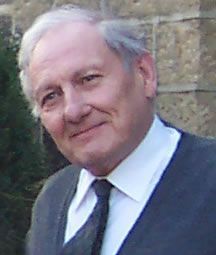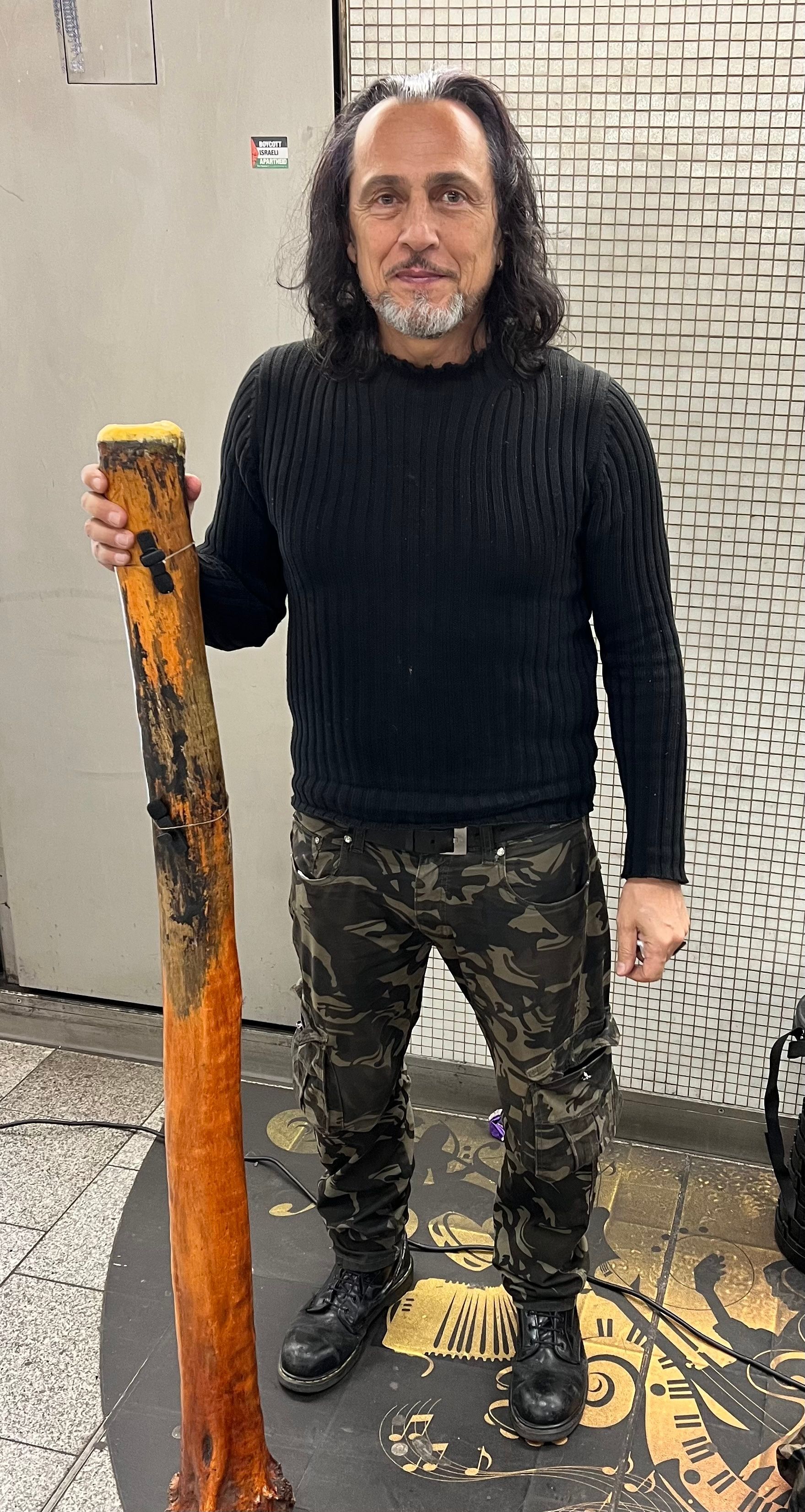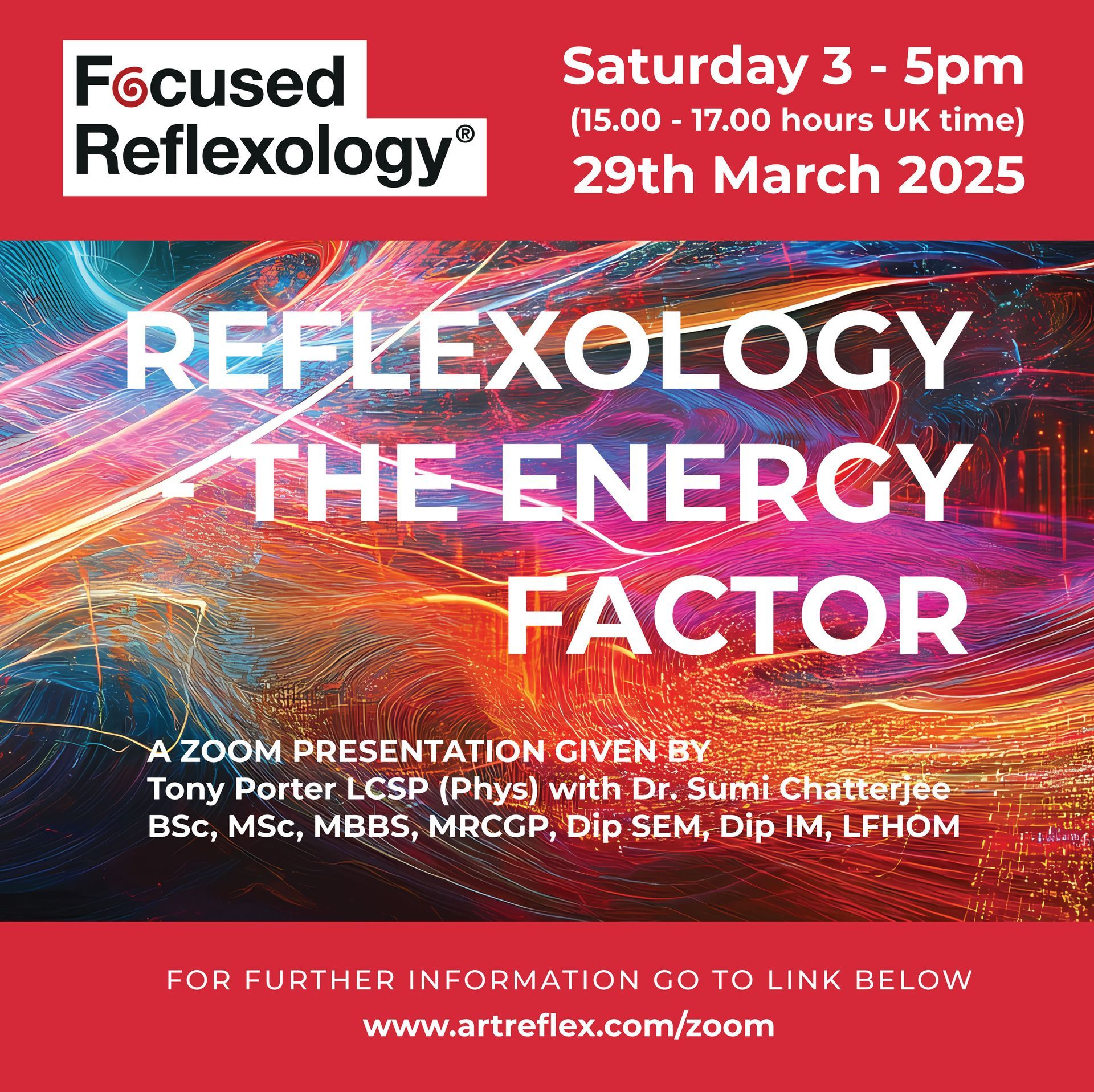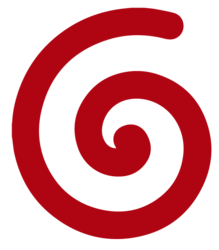THE 'DANGERS' OF REFLEXOLOGY
This is a subtitle for your new post
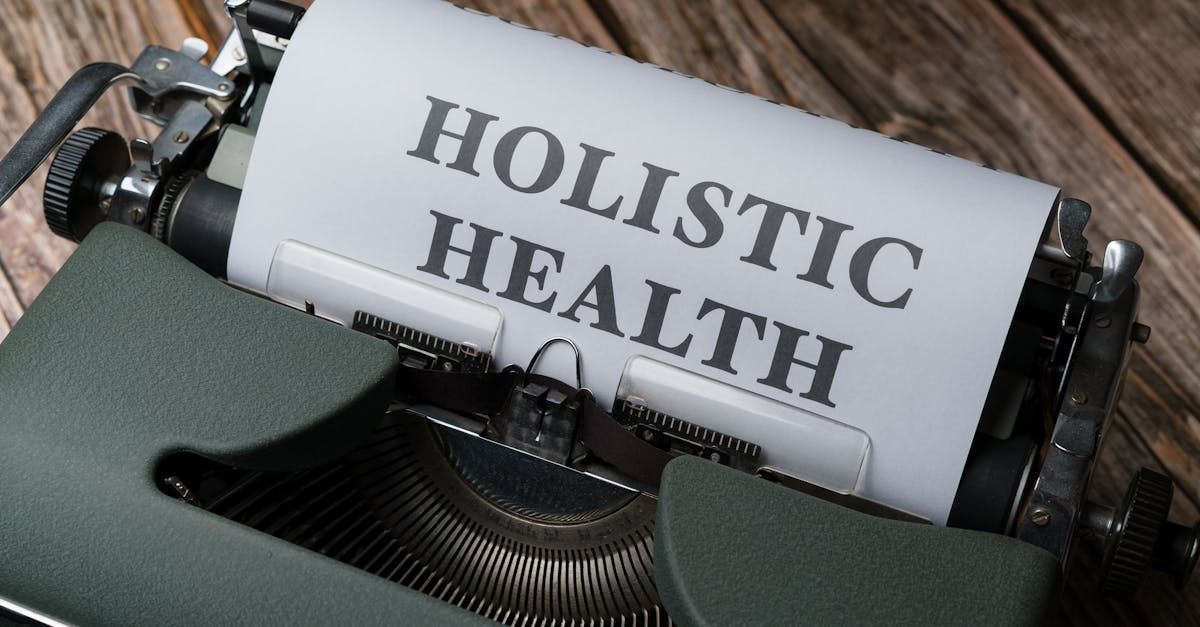
As this blog (which I originally posted in June 2015) attracted so much attention and interest I decided to send it again.
Looking back over my 43 years in reflexology practice and teaching, I am glad to know that many things have changed for the better, but I find it frustrating that some prejudices and misinformation persist.
In the early days, reflexology had something of a 'summer afternoon with tea and cakes' image about it, at least this is how it was recognised by the majority of people. The practice of reflexology was something one did when the children left home and one had time on one's hands - all very nice and genteel!
But there was another more worrying side of reflexology as a profession, particularly in the U.K. I remember being told by a tutor, that reflexology, if used incorrectly, could have dire consequences for the recipient if certain rules were not strictly adhered to.
Amongst these gems of misinformation was the danger of spending too much time on a reflex, and never to give more than two treatments weekly.
We were even told to use a stop-watch to time to the second the time we spent on each reflex. If a miscalculation was made with this, and the treatment was thirty seconds too long, the wrath of the heavens would fall on the poor patient!
I can recall, as a young reflexology acolyte, being haunted by the fear of the effect my reflex, timing miscalculation would have on that day's patient. A night filled with anxiety!
As for giving three treatments in the space of a week-that was heresy! How would the patient's body be able to handle the bucket loads of toxins which would be gushing into the blood stream?
Added to this were the pages of contra-indications we had to learn by heart, which meant that nearly every new patient had to be referred to their GP to confirm they were well enough to receive a treatment!
Thankfully, sanity now dictates that these beliefs are less predominant, but it is still surprising to me that there remain many reflexologists who are still fearful of the damage they could cause to a patient.
Even today it is believed by some that reflexology must never be given during pregnancy, or at least not until after the first trimester, for fear of causing miscarriage. Where did this come from? As if nature forgot that a pregnant lady may safely walk on a stony or pebbly surface.
Perhaps there should be warning notices on all pebbly beaches making people aware of the fact that walking on them may cause miscarriage or cardiac complications!
I have treated thousands of women throughout pregnancy; it is a time when both mother-to-be and the foetus can benefit from a treatment. I am not suggesting a 'gung-ho' approach, far from it, but an appropriate treatment for each particular patient.
Other pearls of advice included never to treat a person with implants, such as hip, knees etc. as this could cause rejection! I ask you, where does this stuff come from? Add to this heart conditions, cancer, diabetes and others.
I was once told by an eminent tutor while I was demonstrating working on the heart reflexes, that it was dangerous and could damage or even stop the heart! What a way to commit the perfect murder! Another reprimanded me about the dangers of working too hard on the spinal reflexes as it could crush the spine! A therapist told me that she watched a piece of shrapnel (which was embedded in WW2) migrate through the skin of a patient while she was giving a treatment! Not to mention the supposed anti-poison reflex on the feet which was all the rage a few years ago!
Reflexology, applied in the proper manner, is a wonderfully energising, relaxing therapy, capable of being beneficial to the recipient. It is not destructive, but constructive - it does no harm. Certainly patients can experience a variety of responses after a treatment; sometimes a feeling of wellbeing, and sometimes, slightly unpleasant sensations. The body will do what it has to do following a treatment. We as reflexologists cannot put our fingers in the spokes of the wheel of nature's healing response. It will do what it has to do in its own sweet way, as it has done since the first amoeba rejoiced at being alive.
Do your great work with this knowledge and respect in mind, and without trepidation.
My Best Wishes
Tony Porter



